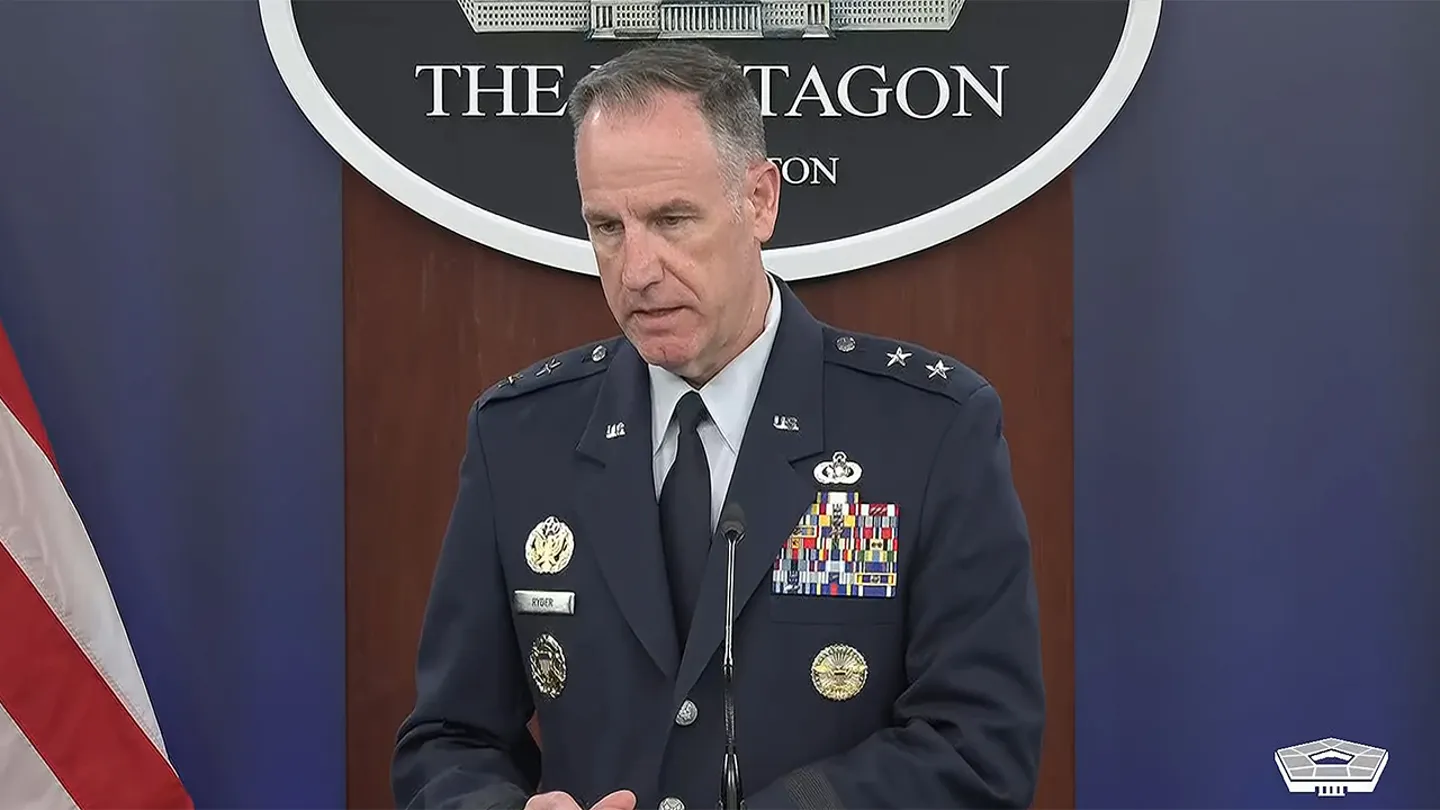The Pentagon has revealed that the actual number of U.S. troops stationed in Syria is more than twice the figure previously disclosed to the public. While official reports had long maintained that approximately 900 American troops were operating in Syria, new information shows that the number is closer to 2,000.
This disclosure has sparked debates over military transparency and raised questions about the U.S. role in the ongoing conflict in Syria, particularly as the region faces significant political and security challenges.
The Mission in Syria
For years, the official mission of U.S. troops in Syria has been to support operations against the Islamic State (ISIS) and to assist local partner forces, including the Syrian Democratic Forces (SDF). These efforts have been instrumental in dismantling ISIS’s territorial caliphate and preventing the extremist group’s resurgence.
The newly disclosed troops are reportedly temporary deployments, sent to reinforce counterterrorism operations and stabilize the region. According to Pentagon Press Secretary Brigadier General Patrick Ryder, these additional forces rotate in and out of Syria, with deployments typically lasting 30 to 90 days.
“This is about ensuring that our mission to defeat ISIS remains effective and that our partner forces have the support they need,” Ryder explained. He emphasized that the additional deployments are not permanent but reflect the fluid nature of military operations in conflict zones.
Timing and Regional Context
The revelation of a larger U.S. troop presence comes at a pivotal time for Syria. In recent months, Syrian rebels successfully overthrew President Bashar al-Assad, creating a power vacuum and increasing regional instability. The U.S. has been working to prevent ISIS from exploiting this chaos to regain territory and influence.
The increased troop presence underscores the Biden administration’s commitment to ensuring regional stability during Syria’s political transition. However, it also highlights the complexities of balancing counterterrorism objectives with broader geopolitical challenges in the Middle East.
Historical Precedents and Transparency
This is not the first time the Pentagon has adjusted its publicly reported troop numbers. In 2017, it revised estimates for U.S. forces in Afghanistan, Iraq, and Syria, citing the dynamic nature of deployments.
Critics argue that the lack of transparency undermines public trust and limits accountability. “Americans deserve to know where their troops are deployed and why,” said Sarah Jacobs, a defense policy expert. “This discrepancy raises important questions about how military operations are communicated to the public.”
Supporters, however, contend that operational security often necessitates withholding certain details about troop movements and numbers. “In conflict zones, revealing precise numbers can compromise missions and endanger personnel,” Ryder said.
Implications for U.S. Policy
The disclosure of the larger troop presence could have significant implications for U.S. foreign policy in the Middle East. While the Biden administration has emphasized a shift away from large-scale military engagements, the continued presence of thousands of troops in Syria indicates the enduring challenges of combating terrorism and stabilizing volatile regions.
As the U.S. navigates its role in post-Assad Syria, military leaders will need to balance the need for transparency with operational effectiveness. The future of U.S. involvement in Syria will likely depend on the evolving security landscape and the ability to achieve long-term stability in the region.
Sources
- US has twice as many troops in Syria than previously declared, Pentagon says
- Pentagon says it doubled the number of US troops in Syria before Assad’s fall
- Pentagon reveals US has more than double the amount of troops in Syria than previously reported

